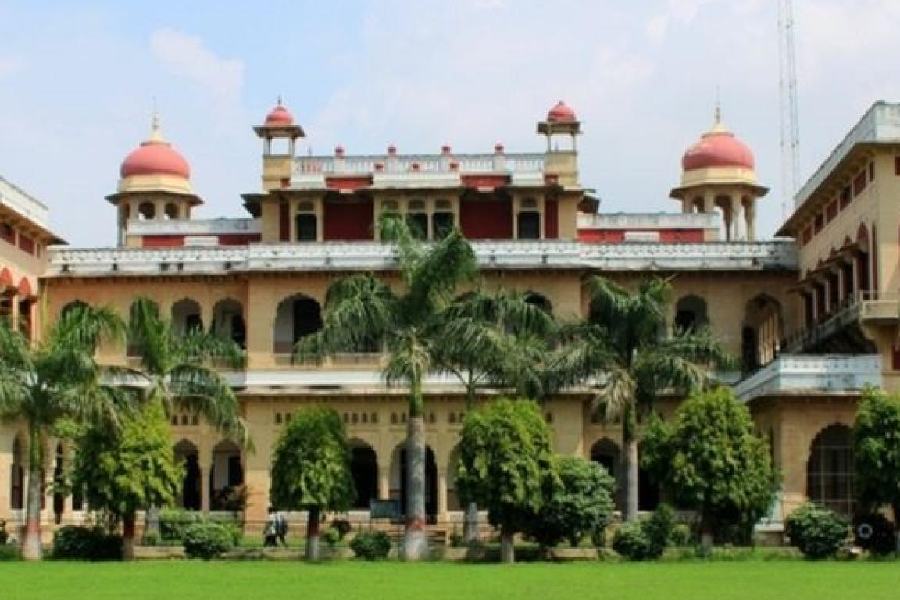 |
| Open-billed and black-necked storks at a farm near Sitarampur dam in Seraikela-Kharsawan district. Telegraph picture |
Jamshedpur, Aug. 1: In what promises to be an ornithologist’s delight, endangered storks are flocking to the lush green wetlands of Seraikela-Kharsawan, 3km away from Sitarampur dam.
In a recent phenomenon, the threatened black-necked and open-billed storks have become frequent visitors to the scenic wetlands in Seraikela.
Experts and foresters are understandably excited at the arrival of these large, long-legged, long-necked birds with stout and well-developed bills.
“I’ve seldom come across open bill and black-necked storks in Seraikela in such numbers,” said A.T. Mishra, divisional forest officer, Dalbhum, and a keen bird watcher. Mishra, who holds additional charge as Seraikela DFO, added that white ibis and pheasants were sighted near the dam, but could not ascertain if storks were breeding in the area.
K.K. Sharma, who heads the zoology department of Jamshedpur Co-operative College, said he would include the arrival of storks in Seraikela in his project titled “Bionomics of Stork”.
He pointed out: “While it needs to be established scientifically if storks have found a new habitat in Seraikela, it is true that the birds are coming in large numbers. Villagers have also sighted a couple of lesser adjutant storks near Gamharia in Seraikela, indicating these winged creatures may just have found a new abode.”
Sharma, along with Sunil Kumar Choudhary of Bhagalpur University, has already completed the project.
“Our study is based on a stork colony in Patamda. Storks such as greater and lesser adjutants, painted, white, open-billed species have been found in abundance in Patamda. A study has established that the area has emerged as a viable habitat and breeding ground for storks,” Sharma stated.
According to Bipul Chakravarty, director of Tata Steel Zoological Park, open billed and black-necked storks were also spotted in Gamharia.
Experts are in a wait-and-watch mode before arriving on a solid conclusion about the reason behind the local migration of storks. But based on preliminary observations, they offered reasons to explain the presence of the winged creatures in the new terrain.
“Arrival of storks in commendable numbers could be due to their displacement from Udhwa Lake Wildlife Sanctuary in Sahebgunj district. Food scarcity and other threats could be the possible reasons for this local migration of these winged creatures,” was Chakravarty’s explanation.
Echoing Chakravarty, Sharma said “Storks generally locate to a new place in search of food such as frogs and insects. The birds may have found Seraikela a safe haven with availability of sufficient food.”
With strong bills, storks are adept in ferreting a rich diet of worms, insects, frogs, snakes, lizards and small fish, most of which are found in the Seraikela wetlands. Experts opined that storks were on top of the food pyramid, with no direct threat of being hunted.











